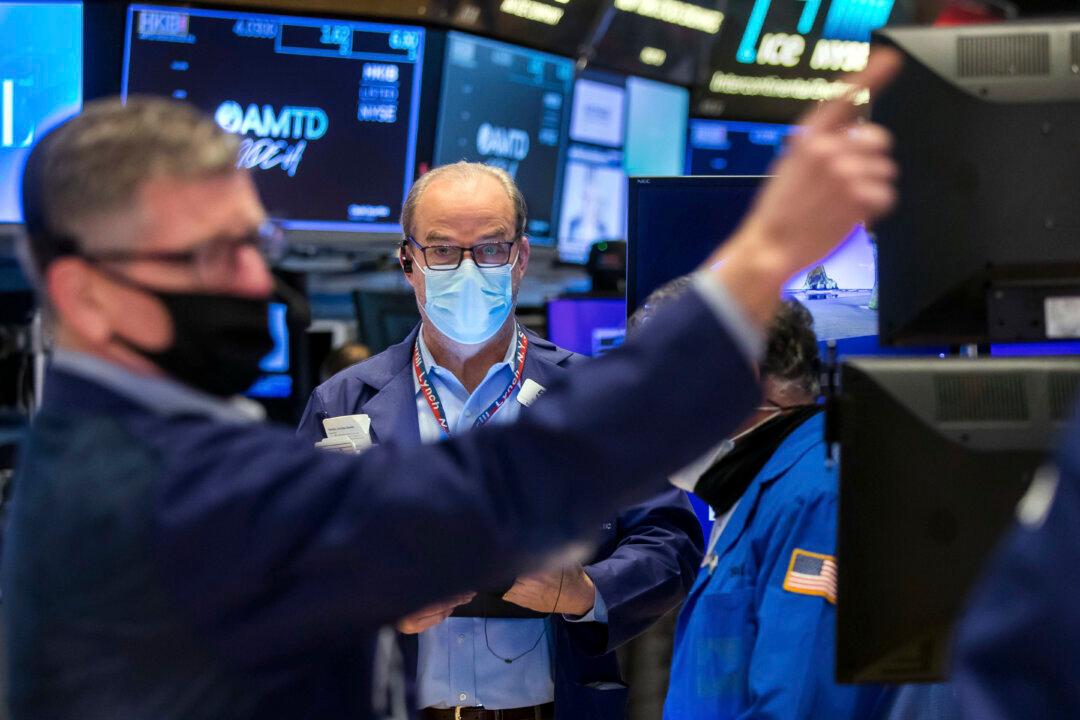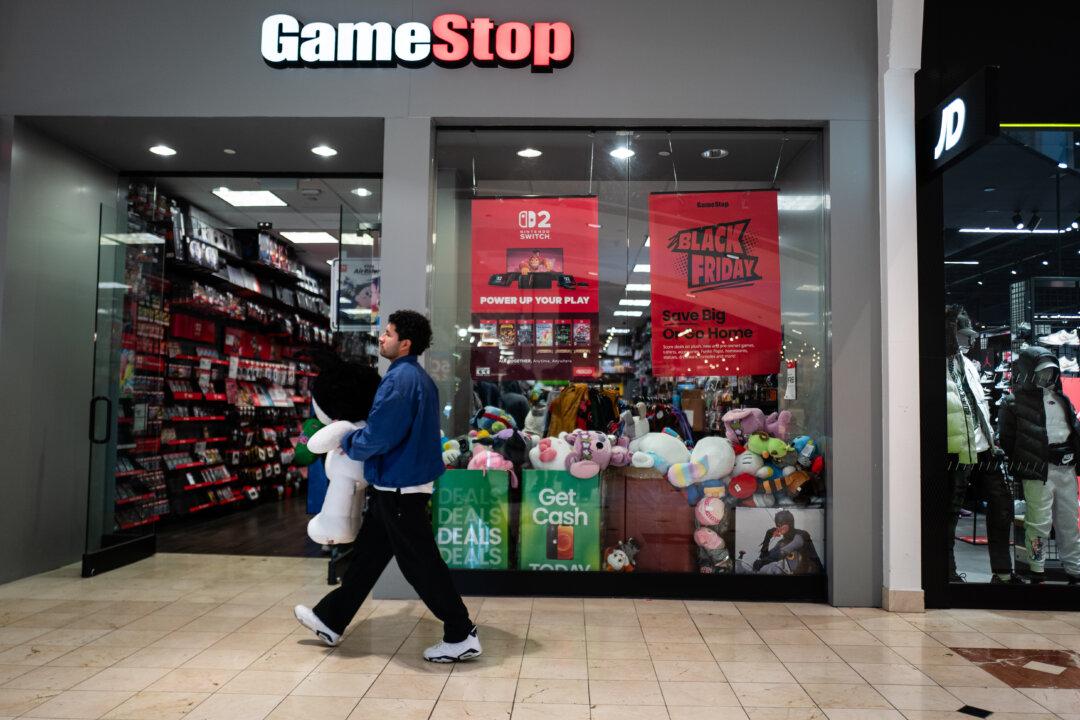Corporate earnings forecasts are too optimistic, a growing chorus of analysts are warning, with the inevitable downgrades likely to put downside pressure on stocks and adding to concerns about a broader economic slowdown, inventory gluts, and weakening consumer spending intentions.
Soaring inflation has followed a long run of ultra-loose monetary settings and unprecedented fiscal stimulus, driving the Fed to tighten financial conditions. Sharp rate hikes—along with expectations of more to come—have fueled speculation of a hard landing for the U.S. economy, with growing recession fears sparking a selloff in risk assets.





